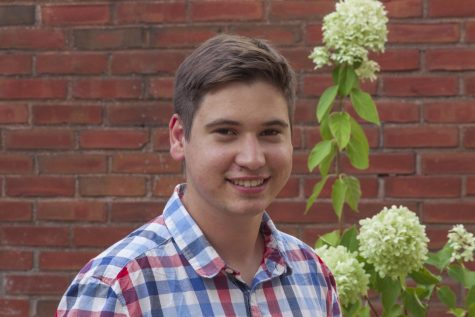Editor’s Note: First aid is a must for CWRU students
This past weekend, the Case Western Reserve University community experienced an event many feared, but few thought possible: the shooting of an undergraduate student. Thankfully, the student survived the gunshot wound to the stomach after treatment at University Hospitals and remains there in a regular room.
The victim may have not survived if not for the quick thinking of two fraternity brothers who both called emergency services and administered basic first aid. Third-year electrical engineering major Patrick James and second-year computer engineering major Steven Clark responded to cries of help from their fraternity brother. They had the presence of mind to grab a recently-purchased first aid kit and apply pressure to the wound with gauze before paramedics arrived on scene.
It’s hard not to self-reflect after being in close proximity to a traumatic event, and that’s exactly what we should be doing on both a campus-wide and individual level. Put yourself in the situation. Would you know how to treat a wound, apply pressure with simple gauze and remain calm while your friend lays suffering on the ground? Would you have a first aid kit nearby? Do you even know where one is?
Knowing the answers to these questions could be the difference between a serious hospital stay and a minor injury. So, I implore everyone on this campus to get trained in first aid. It’s a skill that will be useful not just in emergencies but also for everyday accidents. And it’s knowledge that, if learned properly, never leaves you. You could use first aid in the office, the lab and even at home. CWRU offers a half-semester class on first aid that fulfills part of the undergraduate physical education requirement.
I would also strongly recommend assembling a simple first aid kit. There are plenty of websites that explain the basics of a simple one with easy to find items. Or you just go out and buy one. They cost as little as $5 at Walmart and an Amazon search for “first aid kit” turns up over 10,000 results. Just don’t put in on the top shelf and forget about it. Label its location in big letters and put a map on your door. That way you won’t forget when it’s actually time to use it and remembering the location is the furthest thing from your mind.
It shouldn’t take a near tragedy to evaluate our preparedness, but it’s a way to move forward from the senseless violence we witnessed. If another shooting ever happens (and I pray it won’t), we will be ready to take action.

Eddie Kerekes is in his fourth year studying chemical engineering while also pursuing a minor in German. He serves as the executive editor. Previous roles...

